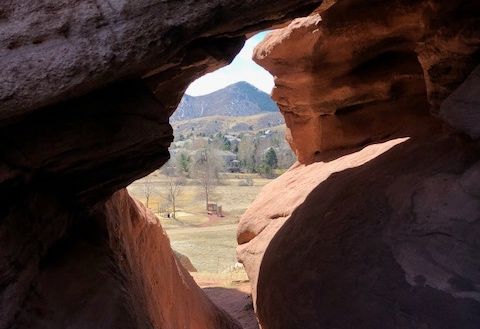About
The Front Range and plains of Colorado were fertile hunting grounds for the people who lived here in the Neolithic age. To the east of the mountain range runs a sandstone rock system called the Dakota Hogback. This odd formation carved a valley between the mountains and the plains, which gave people cover from the elements and also created a funnel for prey.
Around 9,000 years ago, the ancestors of the Native Americans began hunting in the area now known as Ken Caryl Ranch, taking shelter in the Bradford House II rock formation. Artifacts dating back 5,000 years were found at the site during excavation in the 1970s, including arrowheads, pottery shards, drilling pieces, and stone scrapers.
What’s odd is that this prehistoric rock shelter is in the middle of a suburban Denver neighborhood. It is quite an interesting juxtaposition of new and old, modern and ancient. It's a stark reminder of the harsh conditions that the ancestors of the Arapahoe, Cheyenne, and Ute endured in order to make a life for themselves and build a foundation for future generations.
The sandstone absorbs enough sunlight to keep the rock formation and its inhabitants warm even in cold weather. When you visit on a sunny day, you can feel the warmth when you touch the rocks. You can also see how the angled rocks and narrow passageways protect you from the wind. If you face west, you will have a beautiful view of the Front Range.
Related Tags
Know Before You Go
The site is part of the Ken Caryl Ranch and is on private property and is not open to the public. There is no public transportation; the site can only be reached by car or bike, and although there are many bike trails in the Ken Caryl Ranch area, they are private, and not open to the public. You will drive through a neighborhood, take a left into a cul-de-sac for the neighborhood pool and tennis courts, and you can park in that lot, but it is posted RESIDENT ONLY, and you do so at your own risk. You are able to respectfully explore the area, which closes at sunset. Take ALL trash with you and do NOT carve into or draw on the rocks as it is a historic and cultural site.
Published
October 4, 2018





































